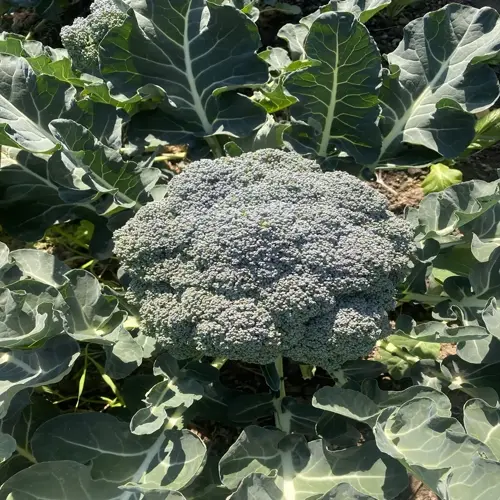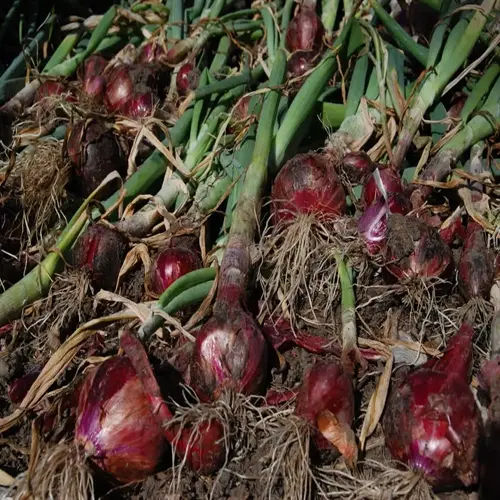Can you grow potatoes in fall months?

Written by
Julia Anderson
Reviewed by
Prof. Martin Thorne, Ph.D.Potatoes grown in the fall have specific regional conditions needed to avoid freezing. Only warm climate zones, which have frost-free winters, allow fall planting to succeed. Northern gardeners should adhere to spring planting after the last frost, while southern gardeners can plant from October to January for a spring harvest.
Regional Limitations
- USDA zones 8-10 only for fall planting
- Minimum 90 frost-free days required
- Soil temperatures above 45°F (7°C)
Variety Selection
- Choose fast-maturing types under 90 days
- Disease-resistant varieties essential
- Cold-tolerant options like Yukon Gold
Protection Methods
- Apply thick straw mulch insulation
- Use row covers during cold snaps
- Plant in south-facing sheltered locations
Soil preparation differs significantly between fall and spring planting. Fall beds require additional organic matter to retain heat. Adding composted manure two weeks before planting creates natural heat as it breaks down. This method also protects the developing tubers during cold nights.
Managing the microclimate is pivotal for fall potatoes. I plant next to south-facing walls that emit heat from the day. This results in soil temperatures 5-8°F warmer than those in an open area. These locations can extend the growing season by three weeks in cooler areas.
Moisture control helps avoid rot from cooler fall soils. Water less frequently but more deeply. My drip irrigation runs twice per week with a deep moisture application and no dampness on the surface, which reduces any foster of fungal diseases in cooler weather.
Utilize these techniques for a successful fall potato harvest. Check soil temps with probes, and protect covers for a forecast of 35°F. My fall harvests are now comparable to my spring harvest in Zone 8, thanks to those strategies and proper variety selection.
Read the full article: 7 Essential Signs When to Harvest Potatoes

